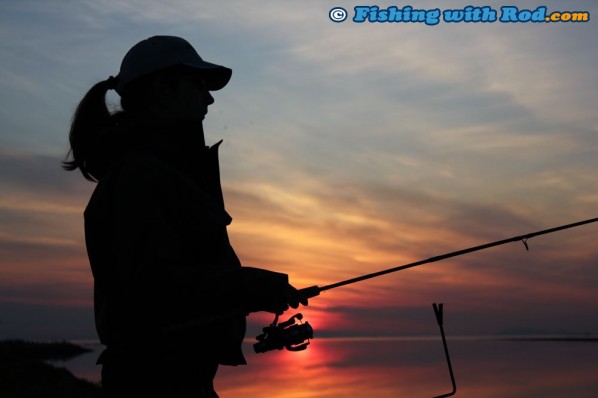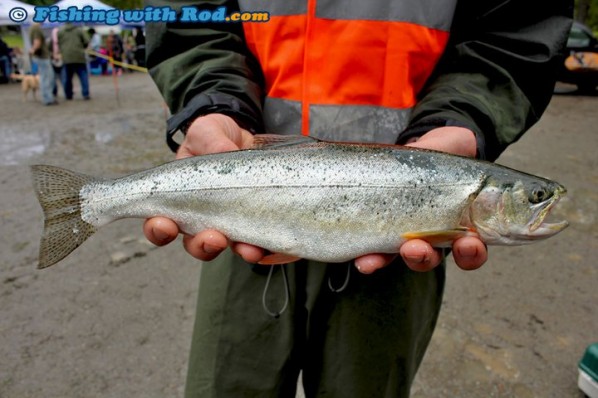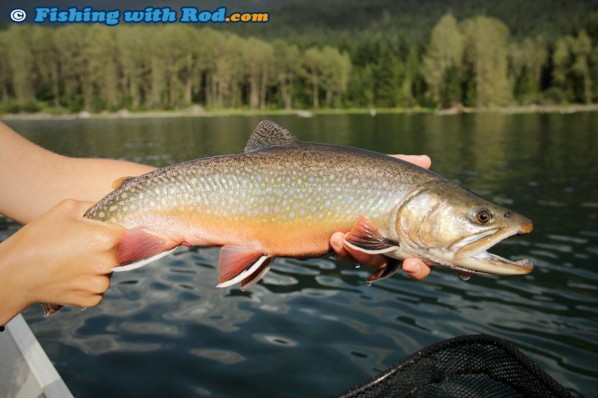2015/2016 Lower Mainland Freshwater Fishing Regulation Changes
Published on Wednesday, April 1st, 2015
As we enter another new fishing licence year, some freshwater regulation changes have been implemented in the Lower Mainland and Fraser Valley (Region Two). Regulations are reviewed every year and some changes are often made to accommodate angling quality and conservation. Here are some major changes which you should be aware of before going fishing:
Night Time Fishing Closures
Until now, daylight only fishing regulations have only been limited to salmon in some streams. Starting on April 1st 2015, daylight only fishing will also apply to all species for the non-tidal portion of the Fraser River, Lower Pitt River and Harrison River. This means you can no longer fish at night from one hour after sunset to one hour before sunrise.
This change was first proposed late last year as a way to reduce poaching of white sturgeon, which often takes place at night. By having complete night time fishing closures in these three main systems where sturgeon fishing usually takes place, conservation officers hope to catch poachers more easily and see a significant reduction on sturgeon poaching.
The changes have been controversial because representatives of most sport fishing organizations have opposed it, believing this is yet another loss of sport fishing opportunities which the community will never get back. By having a blanket fishing closure, families can no longer enjoy fishing for other species such as Northern pikeminnow by the camp fire at night in the summer. Most of the poaching also take place in the tidal portion of the Fraser River (downstream from Mission, regulated by Fisheries and Oceans Canada), where it remains open for night time sturgeon fishing. It is hoped that Fisheries and Oceans Canada will soon follow these changes which the province has made, otherwise it kind of defeats the purpose of this closure.
Releasing Big Wild Trout and Char in Selected Lakes
Wild trout and char over 50cm long now have to be released at Chehalis, Chilliwack, Cultus, Harrison, Lillooet Lakes. There has been very little understanding on the trout and char populations of these lakes, which are connected to the Lower Fraser River. Some have long believed that anadromous coastal cutthroat trout and bull trout travel between these lakes and the Fraser River.
A good example is this hatchery-marked cutthroat trout caught at Cultus Lake during the pikeminnow fishing derby several years ago (above photo). Hatchery-marked coastal cutthroat trout are only released in several Northern tributaries of the Lower Fraser River, therefore this fish must have travelled from one of these tributaries, through the Fraser River, up the Chilliwack/Vedder River before it reached the lake.
By requiring anglers to release large wild trout and char at these lakes, we can further protect the vulnerable anadromous trout and char stocks of the Lower Fraser River.
Ross Lake Brook Trout Retention
Until now, anglers are required to release all native char (bull trout) at Ross Lake where the Skagit River drains into. In recent years, brook trout, which have been stocked in a couple of lakes connected to Ross Lake in United States, have become more abundant. They can now be found in both Ross Lake and Skagit River when targeting rainbow trout and bull trout.
Biologists fear that these introduced fish will have a significant negative impact on the native fish populations, therefore retention of brook trout is now allowed at Ross Lake, up to five fish can be kept by one angler per day. The challenge now is to make sure anglers will identify the chars which they catch correctly. Bull trout and brook trout can look somewhat similar to those who have never caught them before. If bull trout are mistakenly retained, then this regulation change can potentially backfire.
Other Region Two regulation changes can be found in this PDF file (highlighted in blue in the water-specific table).



